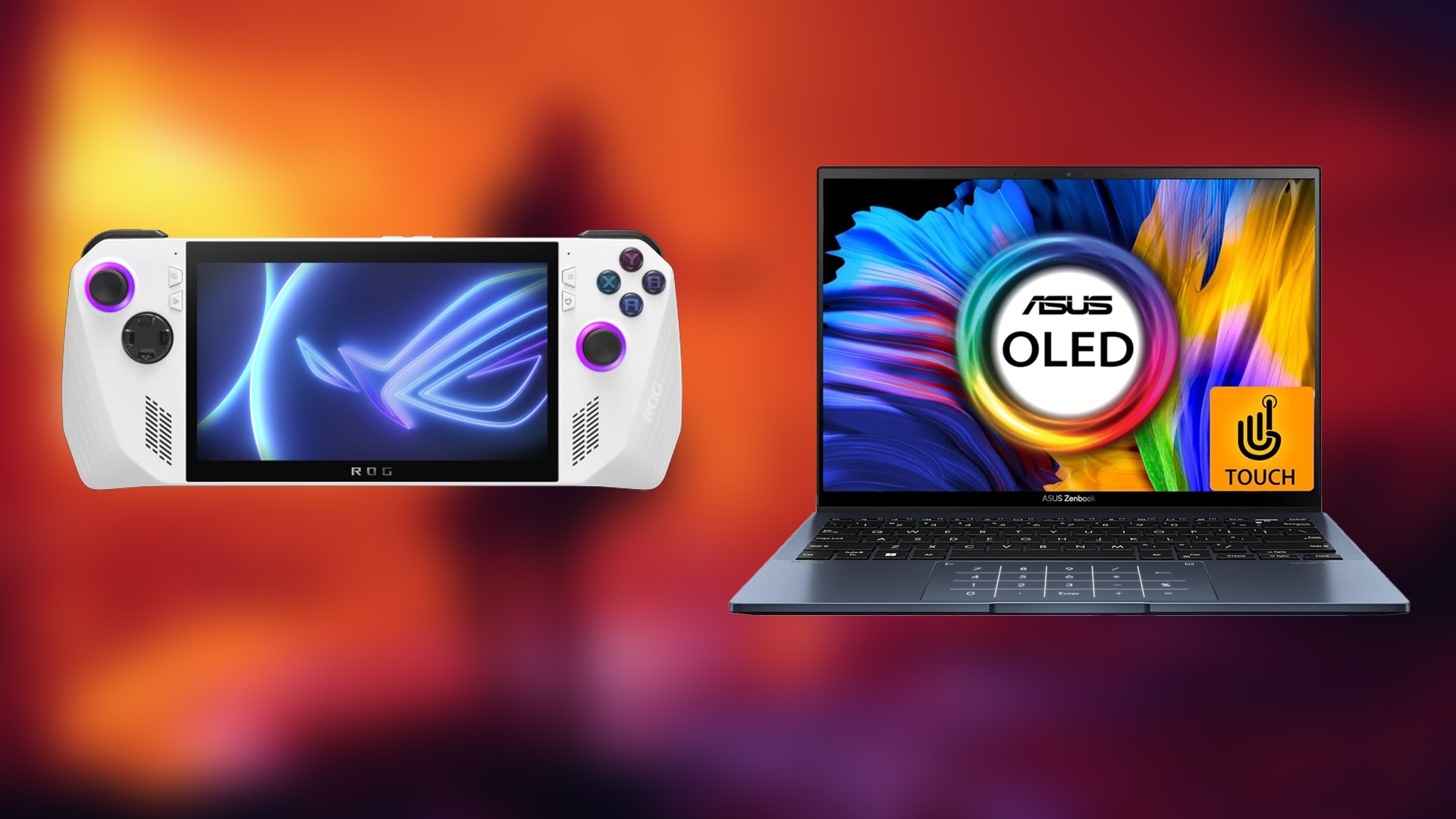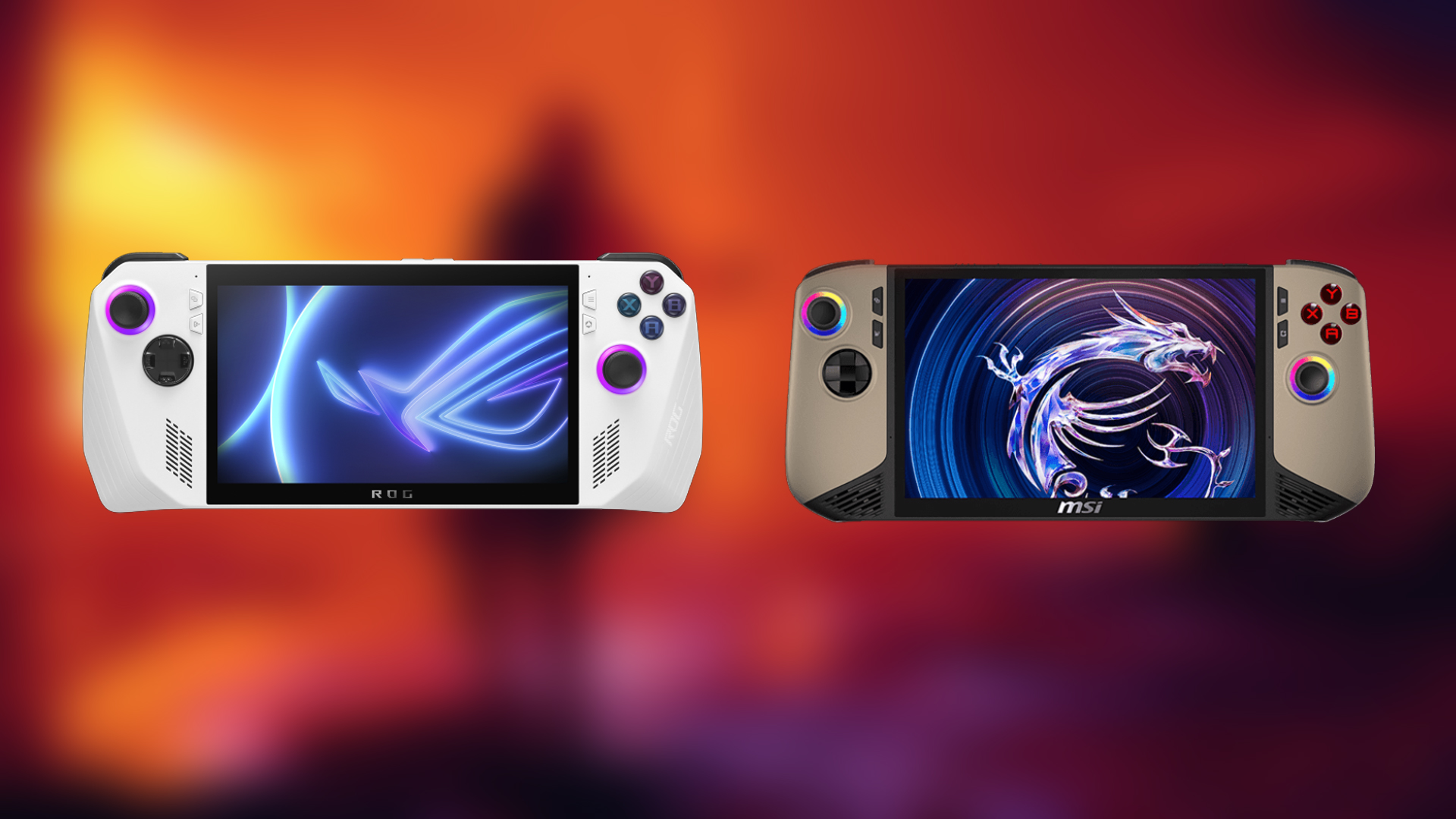This article compares the RTX 5060 Ti and the RTX 4070 Ti, examining their specs, price, performance, and more.
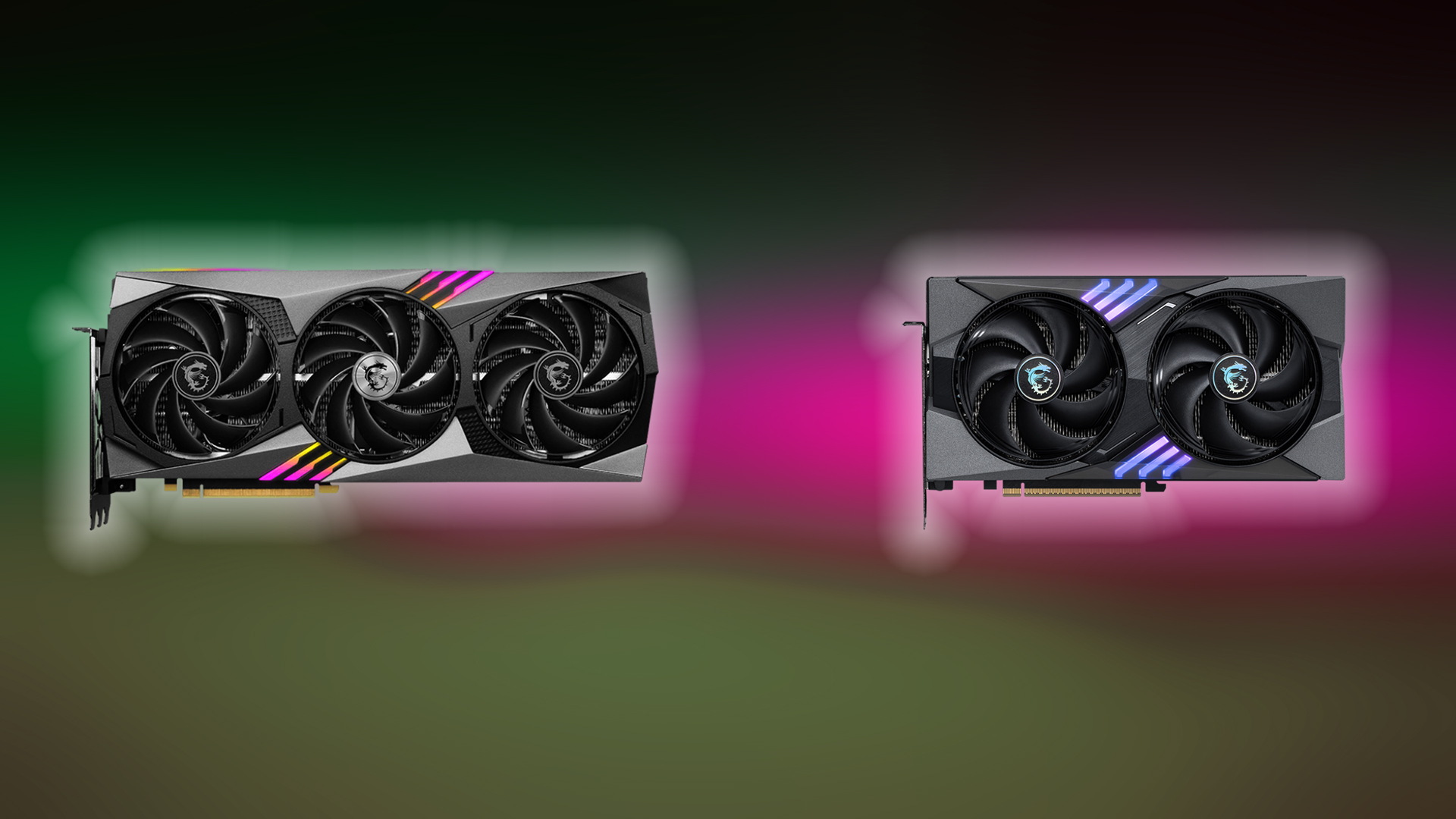
The RTX 5060 Ti is built on the newer, more efficient Blackwell GPU architecture. In terms of raw performance, the RTX 4070 Ti blows it away. Referring to the results below, the 4070 Ti is expected to be around 35% faster, considering its TDP, more shading units, and tensor cores.
However, even though it’s much faster, for some workloads, such as video editing and LLM running capabilities, the 5060 Ti makes more sense. The reason is the VRAM difference. This article highlights the key differences in price, performance, pros, and cons, enabling you to choose one easily.
Note: The performance estimates in this article are taken from publicly available specifications. Real-world results will vary based on the manufacturer, cooling approach, and the end-user’s system configuration.
NVIDIA GeForce RTX 4070 Ti vs RTX 5060 Ti 16GB
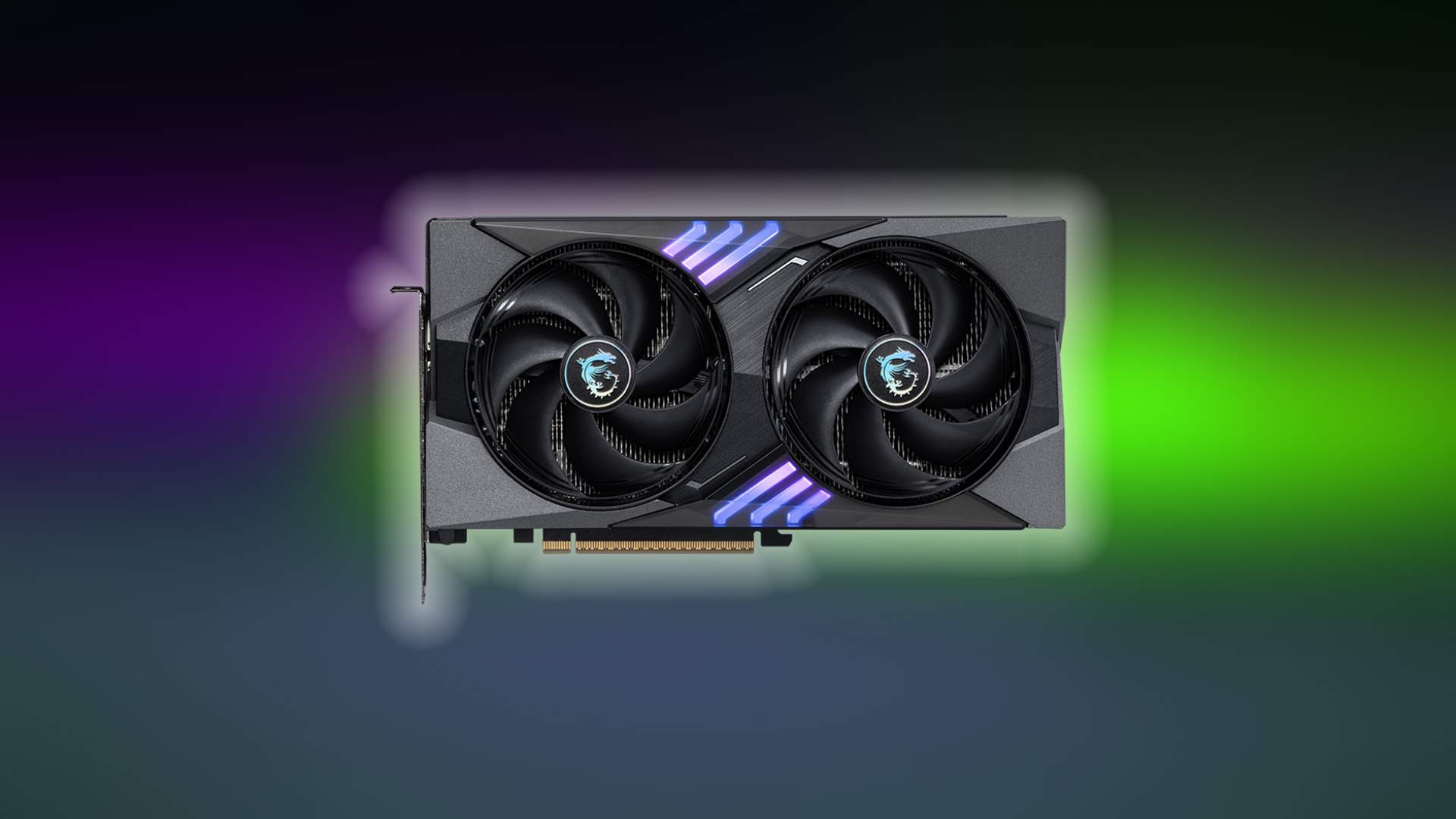
As mentioned earlier, the 4070 Ti outperforms the 5060 Ti regarding horsepower. Both of these are different-tier products. One uses the GB206 node, and the other uses the AD104 node as the GPU model. The place where the 5060 Ti takes a significant lead is in VRAM. For this reason, i.e., with more VRAM, the 5060 Ti can run many more LLM models at higher Quantization than the 4070 Ti.
The 4070 Ti is significantly faster in LLM workloads and can output many tokens faster than the competition. However, better quantization ensures more accurate results, and in this particular field, speed falls short if there is ambiguity or hallucination within the LLM.
Official Specifications & Theoretical Performance
| Specification | RTX 5060 Ti (16GB) | RTX 4070 Ti |
| Core Architecture | Blackwell 2.0 | Ada Lovelace |
| GPU Model | GB206-300-A1 | AD104-400-A1 |
| Manufacturing Process | TSMC 4N FinFET, 5 nm | TSMC 4N FinFET, 5 nm |
| Transistor Count | 21.9 billion | 35.8 billion |
| Die Area | 181 mm² | 294 mm² |
| Launch Date | April 16, 2025 | January 3, 2023 |
| Introductory Price (USD) | $429 | $799 |
| PCIe Interface | PCIe 5.0 x8 | PCIe 4.0 x16 |
| VRAM Amount | 16 GB | 12 GB |
| VRAM Type | GDDR7 | GDDR6X |
| Memory Bus Width | 128-bit | 192-bit |
| Memory Bandwidth | 448 GB/s | 504.2 GB/s |
| Base / Boost Clock | 2407 / 2572 MHz | 2310 / 2610 MHz |
| Shading Units | 4,608 | 7,680 |
| Texture Units (TMUs) | 144 | 240 |
| Render Outputs (ROPs) | 48 | 80 |
| Streaming Multiprocessors | 36 | 60 |
| Tensor Cores | 144 (5th Gen) | 240 |
| Ray Tracing Cores | 36 (4th Gen) | 60 |
| L1 Cache per SM | 128 KB | 128 KB |
| L2 Cache | 32 MB | 48 MB |
| Power Draw (TDP) | 180 W | 285 W |
| Recommended PSU | 450 W | 600 W |
| Power Connector | 1x 8-pin | 1x 16-pin |
| DirectX Support | 12 Ultimate (12_2) | 12 Ultimate (12_2) |
| OpenGL / Vulkan | 4.6 / 1.4 | 4.6 / 1.3 |
| Shader Model | 6.8 | 6.8 |
Theoretical Performance
| Metric | RTX 5060 Ti (16GB) | RTX 4070 Ti |
| FP32 Compute (TFLOPS) | 23.70 | 40.09 |
| FP16 Compute (TFLOPS) | 23.70 | 40.09 |
| FP64 Compute (GFLOPS) | 370.4 | 626.4 |
| Pixel Fillrate (GPixel/s) | 123.5 | 208.8 |
| Texture Fillrate (GTexel/s) | 370.4 | 626.4 |
| Memory Bandwidth (GB/s) | 448.0 | 504.2 |
Pros and Cons of RTX 5060 Ti and RTX 4070 Ti
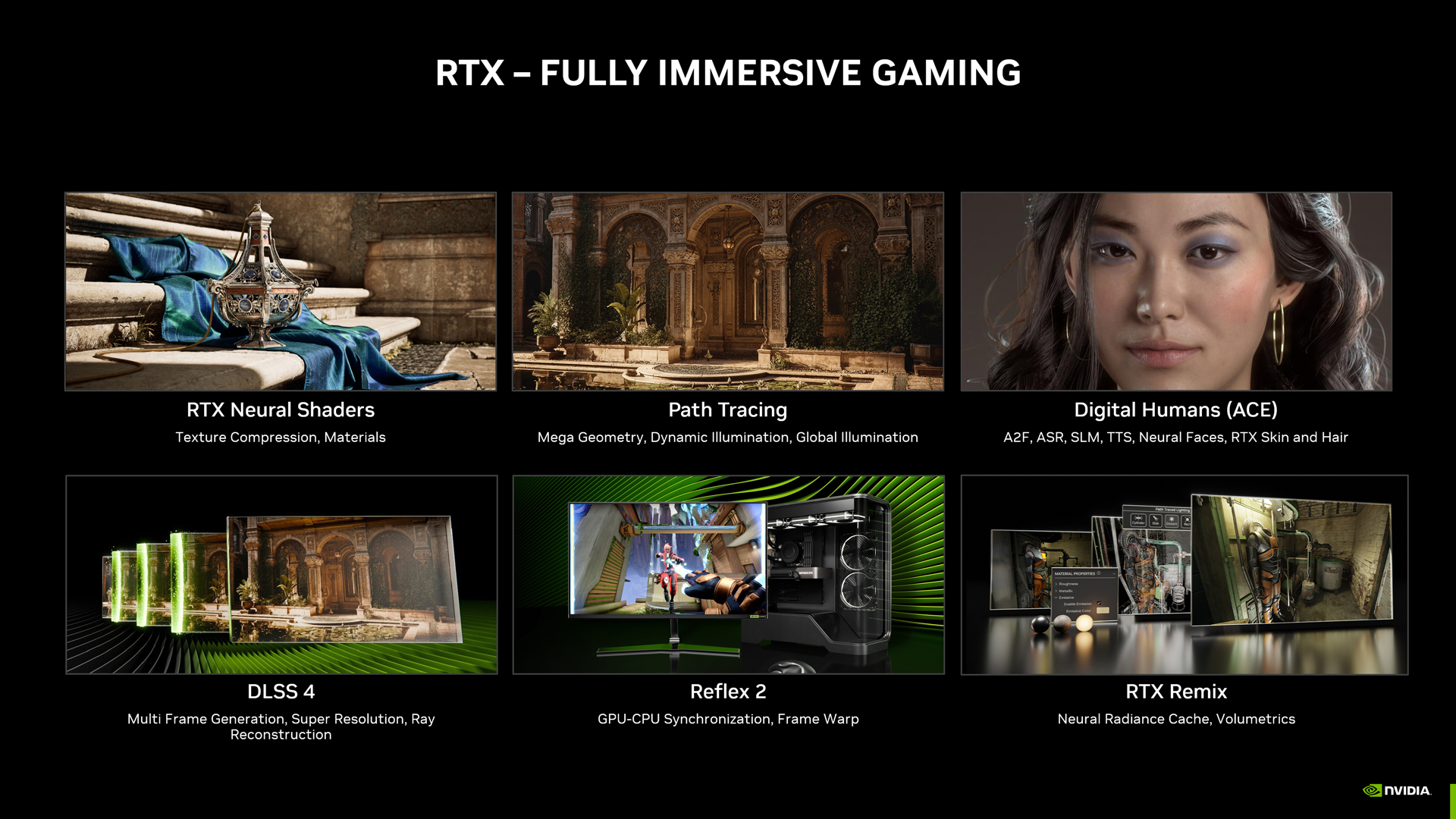
|
Aspect | RTX 5060 Ti (8GB) | RTX 4070 Ti |
|
Pros |
|
|
|
Cons |
|
|
Conclusion
Depending on your use case, either of these GPUs is incredible. Considering MSRP, the 5060 Ti makes more sense on the affordable side. But you can find a refurbished 4070 Ti at a similar price. If strictly 1440p gaming, the 4070 Ti still wins, and by a lot. For a more balanced AI-related video editing experience and optimal power efficiency, opt for the 5060 Ti. Lastly, in certain titles, the 5060 Ti will outperform the 4070 Ti due to its VRAM headroom.
Looking For More Related to Tech?
We provide the latest news and “How To’s” for Tech content. Meanwhile, you can check out the following articles related to PC GPUs, CPU and GPU comparisons, mobile phones, and more:
- 5 Best Air Coolers for CPUs in 2025
- ASUS TUF Gaming F16 Release Date, Specifications, Price, and More
- iPhone 16e vs iPhone SE (3rd Gen): Which One To Buy in 2025?
- Powerbeats Pro 2 vs AirPods Pro 2: Which One To Get in 2025
- RTX 5070 Ti vs. RTX 4070 Super: Specs, Price and More Compared
- Windows 11: How To Disable Lock Screen Widgets
 Reddit
Reddit
 Email
Email
